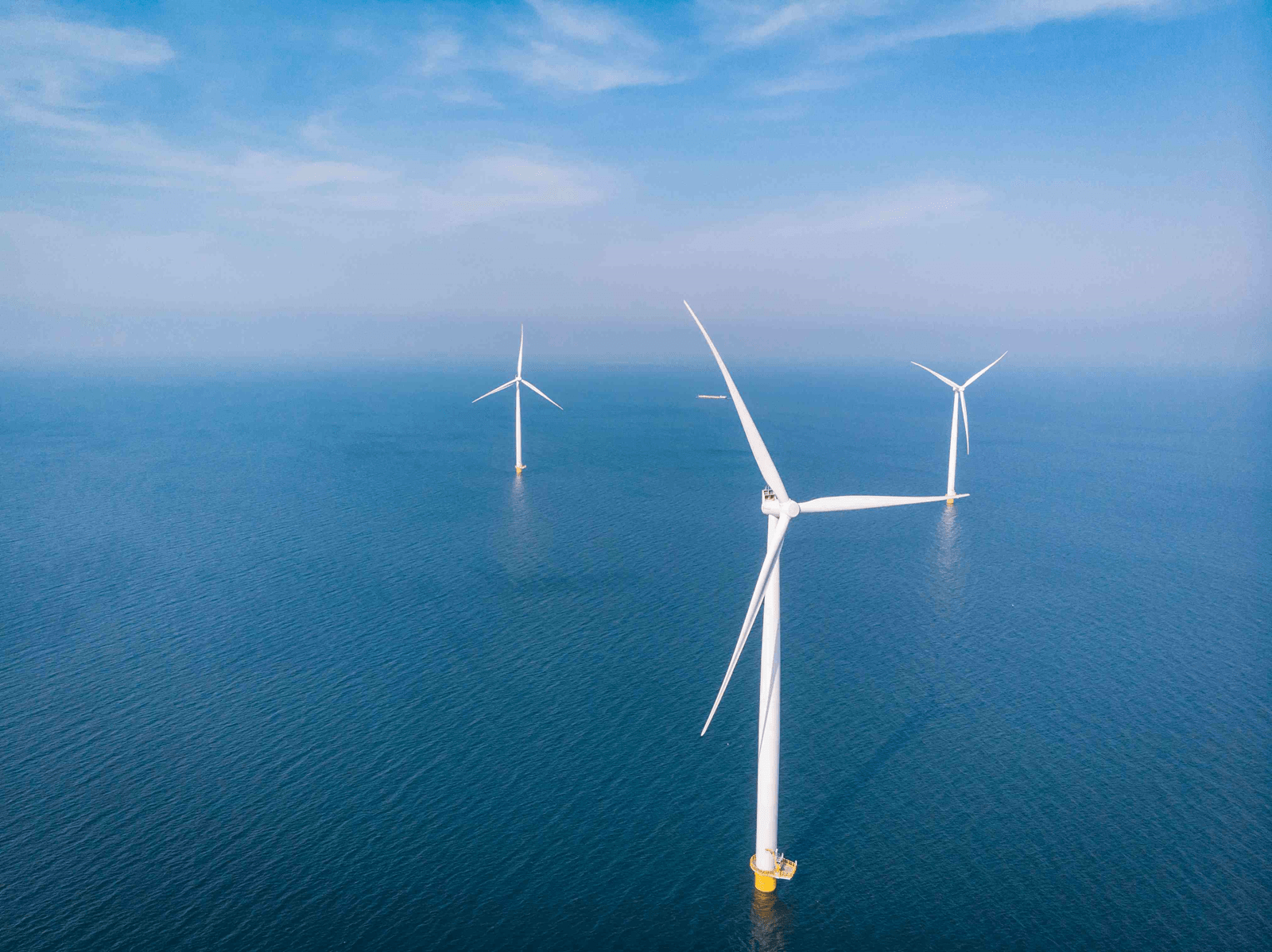
On 8 February 2024, ICAEW Scotland hosted a roundtable of industry leaders to discuss the challenges and opportunities in shaping Scotland's energy transition. The Scottish National Investment Bank kindly hosted the session, with leaders attending from across project development, financial advisory, legal services, and capital provision verticals. A summary of the key discussion points is set out below.
Funding gaps
Despite Scotland's commitment to renewable energy expansion, funding gaps remain a significant challenge. The macroeconomic environment characterised by higher interest rates has ramped debt costs for borrowers. This has led to an emerging shift towards floating interest rates, and away from fixed rates. As higher debt costs squeeze equity returns, investors and sponsors are more aware than ever that projects must be commercially sound to withstand the challenging macroeconomic backdrop.
Policy environment
The policy landscape plays a crucial role in shaping the trajectory of renewable energy projects. Clear and consistent policies are essential for investor confidence and project bankability. Government-backed schemes such as Contracts for Difference (‘CfDs’) are particularly crucial, especially for emerging technologies like tidal energy. The future of CfDs is pivotal for the bankability and scale deployment of renewable energy projects. The success of Scottish businesses such as Orbital Marine Power and SAE Renewables in securing CfDs for tidal projects underscores the importance of government in driving project viability. Ensuring that AR6 CfDs remain attractive is critical for achieving Scotland's renewable energy targets.
Grid infrastructure
Grid congestion poses a significant barrier to the deployment of renewable energy in Scotland. Feedback from developers on the rarity of obtaining a pre-2030 grid connection is a clear warning that sufficient grid infrastructure is lacking. Interconnection capacity between Scotland and England is notably suboptimal, leading to underutilisation of Scotland’s world-leading renewable energy resources. Furthermore, grid operators approach developments in the connection request queue piecemeal, rather than addressing the lack of grid infrastructure from a wider systems perspective. Leveraging battery storage opportunities could play a vital role in reinforcing the grid and mitigating congestion challenges.
Ports as a gateway to net zero
Ports play a crucial role in supporting both onshore and offshore renewable energy development. However, most ports operate under trust structures, limiting their ability to take the risks involved in transformational long-term infrastructure investments. Given the susceptibility of long-term infrastructure investments to challenging macroeconomic factors, there is a clear role for patient capital and government support, and also for developers, where finding innovative ways to provide revenue visibility for asset owners can help unlock financing gaps.
Skills development
Addressing skills gaps is a key requirement to support the transition of Scotland’s workforce to clean energies. Initiatives such as Scottish National Investment Bank’s recent investment into Aurora, a company which upskills oil and gas workers into renewable energy roles, highlights the need for targeted workforce development strategies. Furthermore, recognising the overlap in skills between the fossil fuel and renewable energy sectors is crucial for effectively leveraging existing talent pools.
Shaping the hydrogen business model
Hydrogen presents a promising case to catalyse decarbonization, including potential applications to long-duration storage and heavy transport. However, development of a viable hydrogen production and sale business model requires overcoming significant hurdles to reach final investment decisions.
Conclusion
Scotland's journey to net zero is not without pervasive challenges, but it presents significant economic opportunities. Overcoming funding gaps, navigating policy uncertainties, addressing grid constraints, and investing in skills development are essential steps in realising Scotland's renewable energy potential. By tackling these challenges head-on and leveraging the opportunities decarbonisation brings, Scotland can continue to be a global leader in renewable energy and sustainability.
Sources
15GW of installed renewables capacity
Additional 20GW of renewables capacity by 2030
Scottish National Investment Bank investment into Aurora